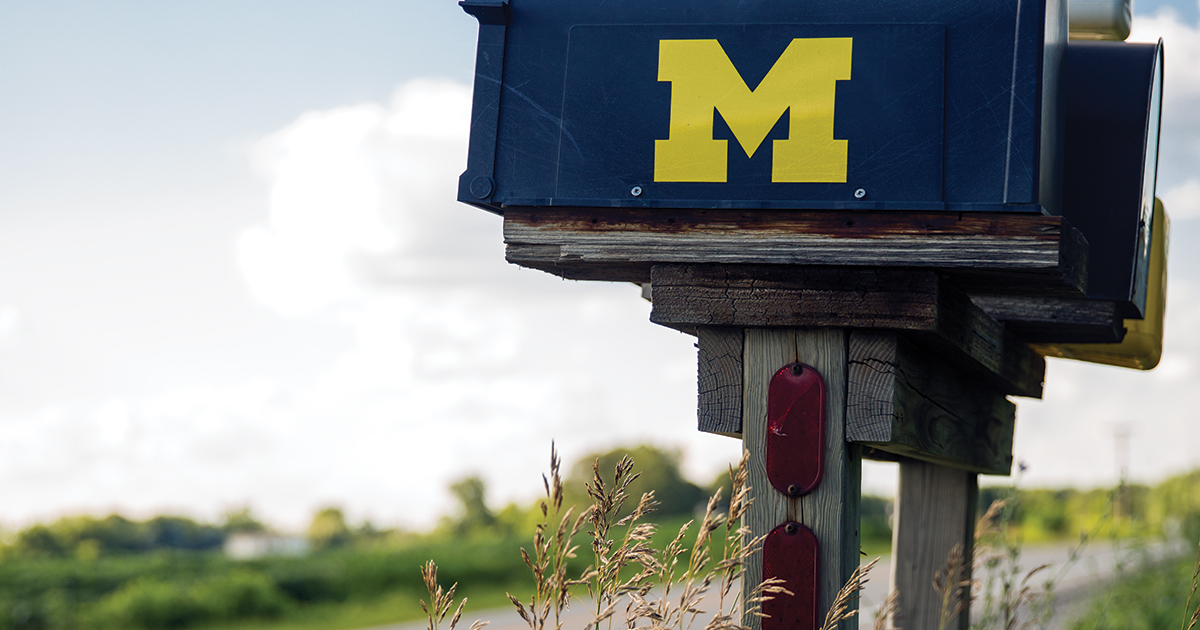Alumni know that it’s great to be a Michigan Wolverine. In fact, we’ve been accused of over-sharing that fact with the rest of the world. But who cares? With input from our readers and our followers on social media, Michigan Alumnus has compiled this list of some of the best things about the University. Our apologies that this list isn’t longer. While we could fill a book, there are only so many magazine pages we can devote to sharing the best of U-M.
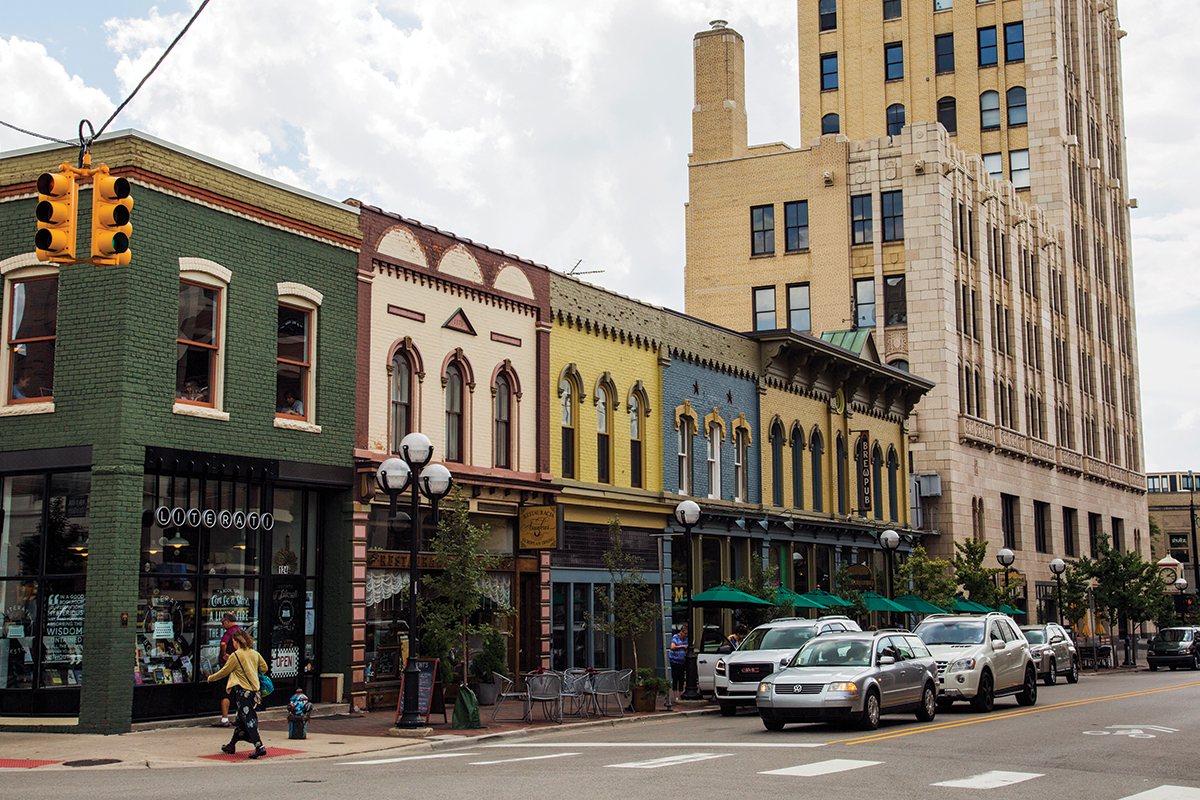
Its main campus is located in one of the best cities in the U.S.
No one who attended U-M in Ann Arbor needs to be convinced that the city is the best place in the country to live. But it’s nice to know that Ann Arbor regularly sits atop “best” lists, including the recent ranking by Livability. Our town has also been placed on the lists of best places to visit, bike, work, raise a family, retire, or find love.
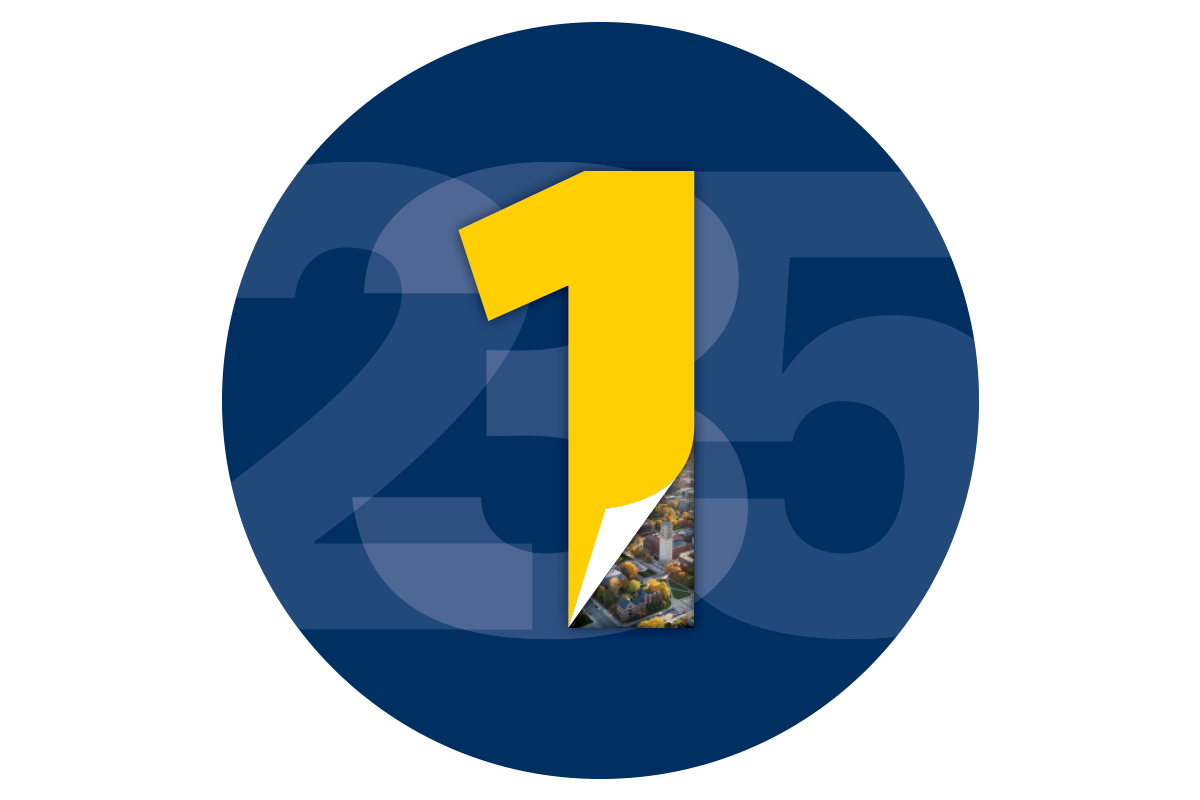
Rankings, rankings, and more rankings.
U-M consistently ranks among the top universities in the world. Case in point: U-M maintained its position as the No. 1 U.S. public university in the 2017-18 QS World University Rankings. U.S. News & World Report ranked 97 of its graduate programs in its top 10. And U-M was among the elite group that Richard Moll compiled for his book “Public Ivys: A Guide to America’s Best Public Undergraduate Colleges and Universities.”
We nurture great writers.
James Avery Hopwood, 1905, the foremost playwright of the jazz age, gave a large part of his estate to endow the Hopwood Awards Program for gifted writers. In subsequent years, the program has given more than $3 million to more than 3,200 writers, including Arthur Miller, ’38, HLHD’56, Jane Kenyon, ’70, MA’72, Marge Piercy, ’57, and Lawrence Kasdan, ’70, MA’72, HLHD’00.
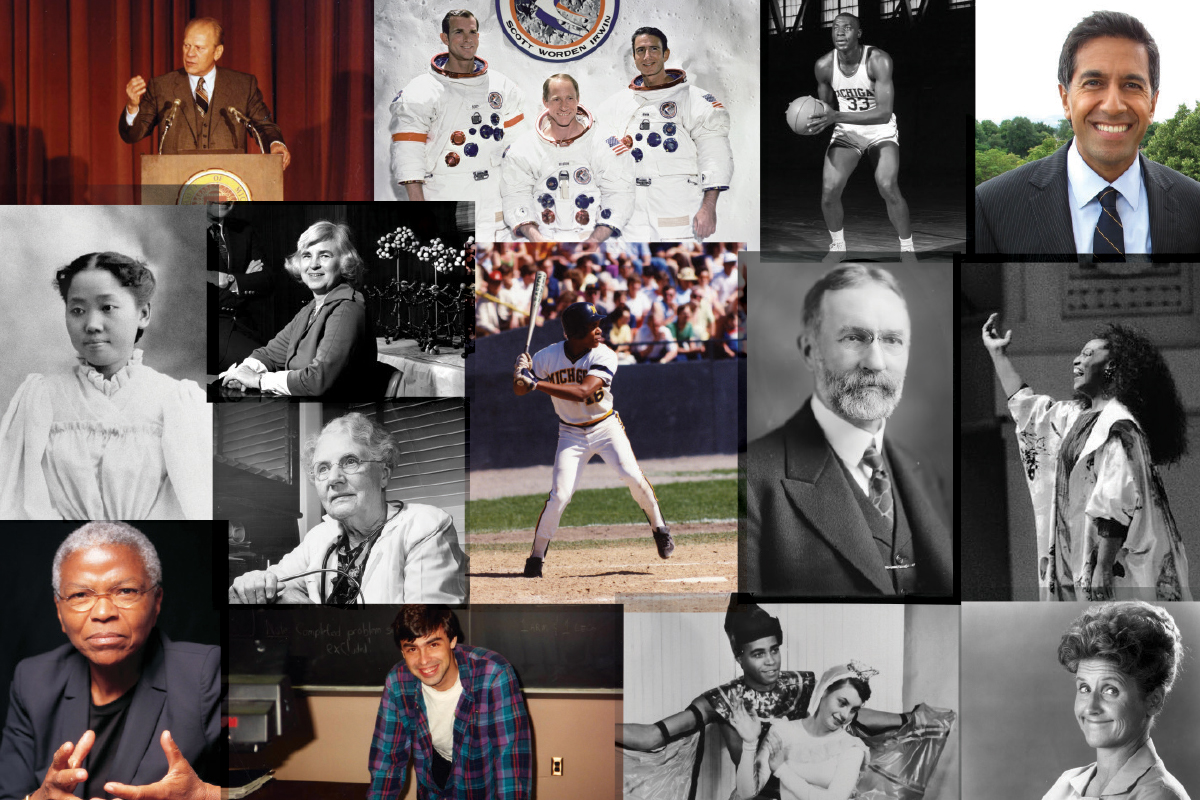
U-M alumni do great things.
The list of graduates who left the University to make their mark on the world includes one U.S. president, many others in public service, several Nobel laureates, three Supreme Court justices, humanitarians and social justice advocates, star athletes, successful entrepreneurs, and too many award-winning writers and performers to count. Even our fictional alumni show up in impressive places, including movies such as “The Big Chill” and television programs from “The Sopranos” to “24.”

The Big House is really big.
Michigan Stadium holds more fans than any other stadium in college football, and, in 2013, the 115,109 in attendance broke the record for a college or NFL football game. The capacity is just large enough to contain any crowd’s Maize and Blue spirit.
U-M invented the teach-in.
It was 1965, and growing opposition to the war in Vietnam provided an opportunity for members of the campus community to learn more about what was happening in the small Asian country. The result was the first teach-in, a movement that quickly spread across the U.S. The tradition continues to this day, as teach-ins occur on campus on an array of topics, including one on free speech this semester. The University also offers alumni the opportunity to participate in its “teach-outs” via open educational platforms.
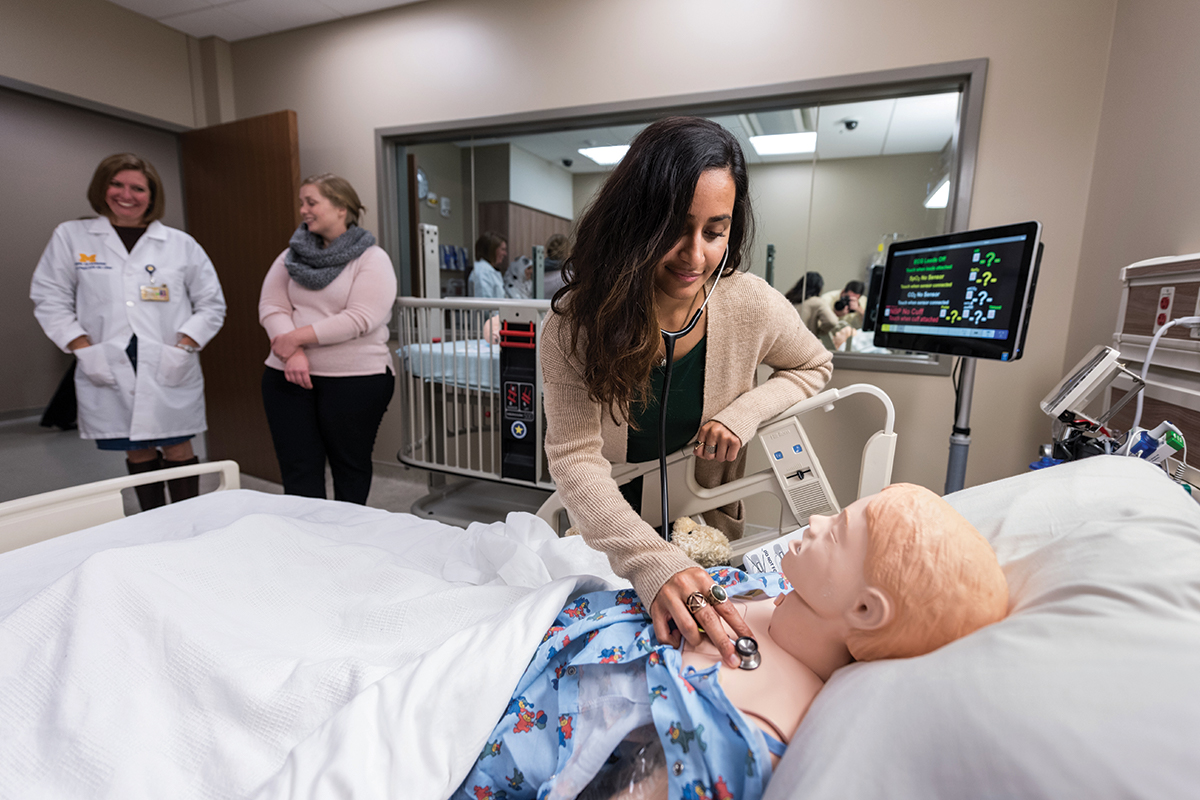
Michigan Medicine is a model of excellence.
Like its more well-known college ranking, U.S News & World Report’s annual hospital ranking lists only the best of the best. And Michigan Medicine was No. 6 in the nation in 2017-18. More than 2 million patients come from near and far each year to get world-class treatment while also helping educate medical students and provide graduate medical education to residents and fellows.
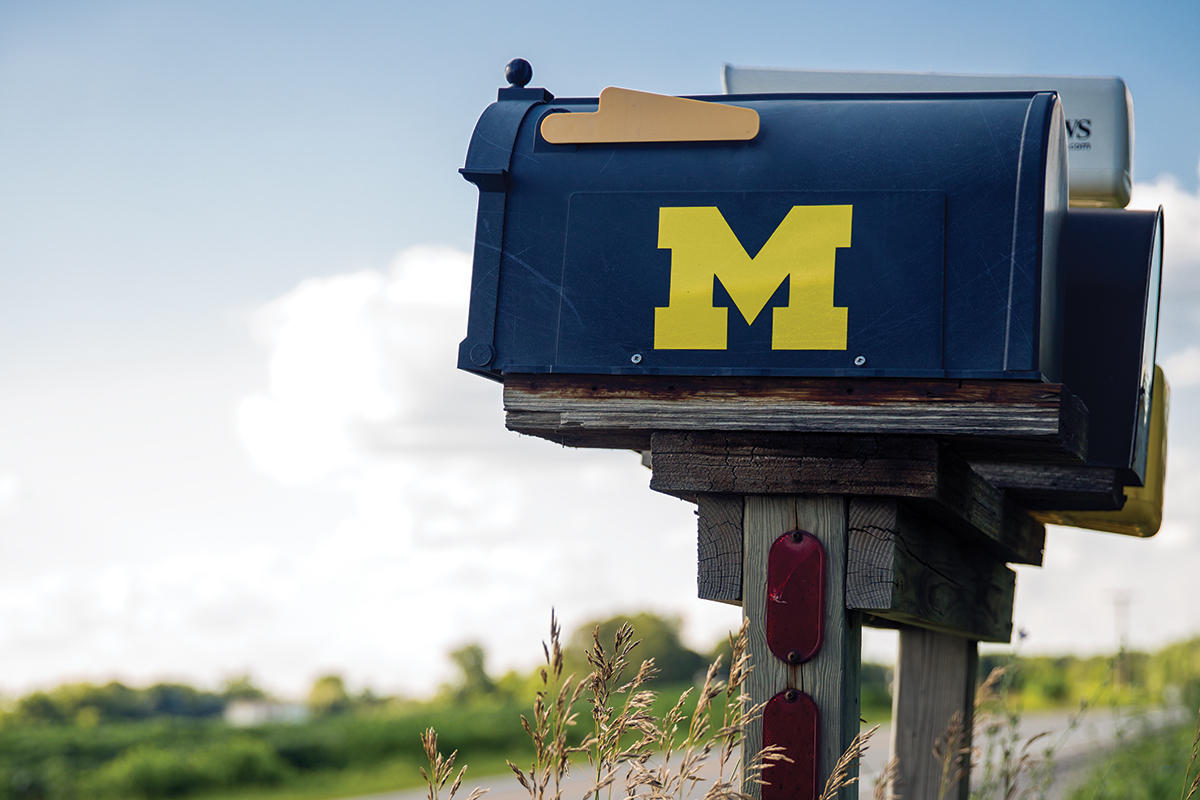
Our colors are a-maize-ing.
OK, the pun is bad, but the sentiment is true. Take a typical football Saturday: You drive into Ann Arbor, passing cars flying Maize and Blue flags or homes with Maize and Blue mailboxes. Or you take a Maize and Blue bus with others decked out in Maize and Blue gear. Or you walk to the Maize and Blue Deli to get your Maize ’n Blue Awning. Outside of Ann Arbor, we’ve seen Maize and Blue garage doors, golf carts, planes, office décor, man caves—you name it. The colors are everywhere and reflect a specific kind of Wolverine pride.
The Go Blue Guarantee helps kids afford college.
Escalating costs have made college an unattainable dream for many low- and middle-income students. But U-M’s new Go Blue Guarantee is taking some students one step closer to realizing that dream. The program, launched this semester, offers four years of free tuition to in-state students on the Ann Arbor campus whose families earn $65,000 or less and have less than $50,000 in assets.
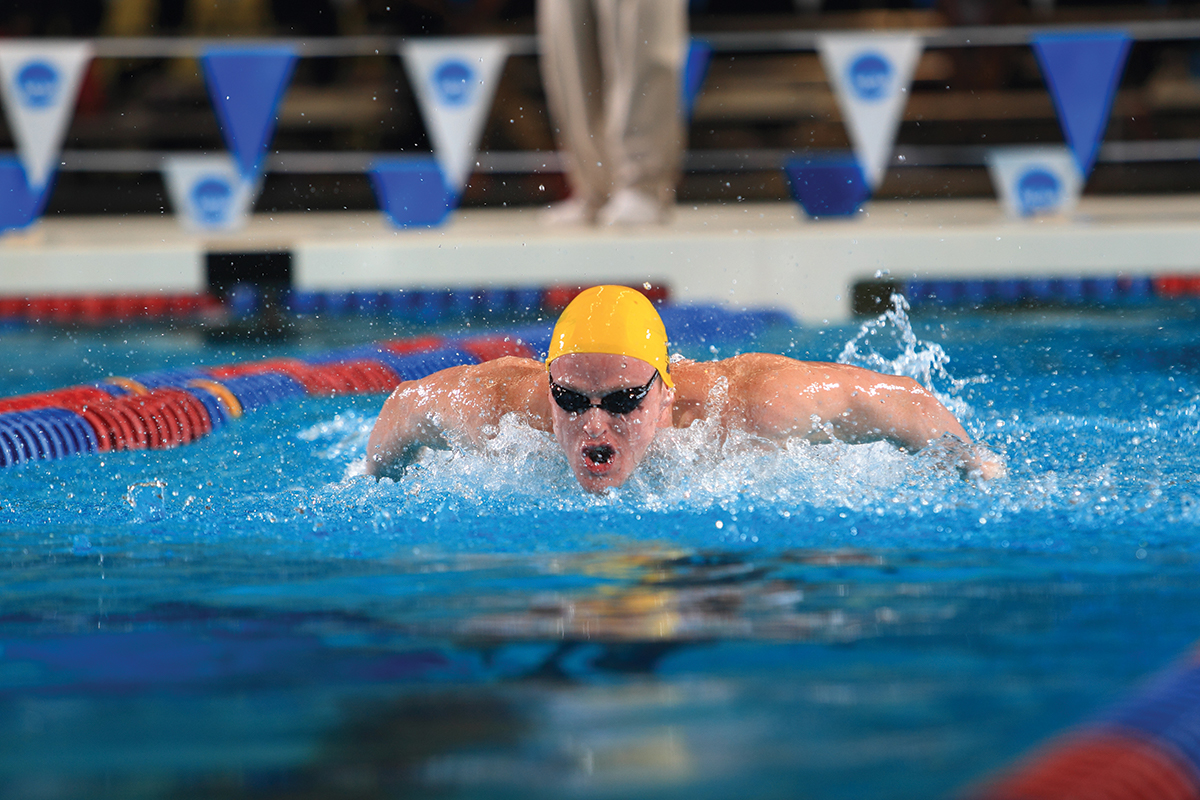
We are the champions.
Michigan athletic teams have won 56 national championships in 12 sports. Men’s swimming and diving holds the school record with 19 titles, followed by football (11) and ice hockey (nine). In addition, there are 313 individual national championships in 14 sports. That calls for a “Go Blue!”
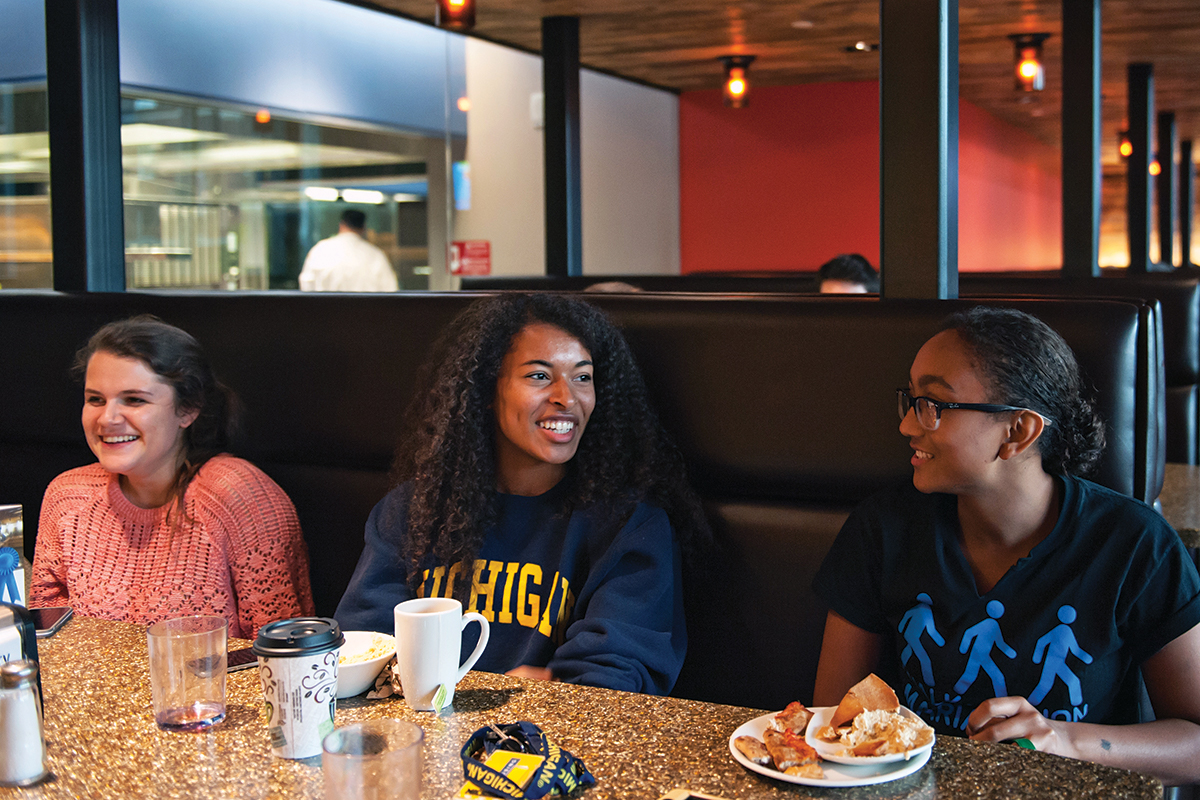
The residence halls are a home away from home.
U-M residence halls provide more than housing and, oftentimes, good food. They’re also the place where students form lifelong friendships, meet future spouses, and collect memories unlike any other in their lives. Some of the 18 undergraduate residence halls are also home to the 10 residential Michigan Learning Communities, which provide a more intimate atmosphere for learning.

Our students are really smart . . .
It’s a question alumni sometimes ask themselves: If I were applying today, could I get into Michigan? When you see the scores for the 2017 entering class, you’ll probably decide it’s best not to answer that particular question:
- Average high school GPA: 3.87
- ACT middle 50% range: 31-34
- SAT (new scale) middle 50% range: 1350-1530
. . . and they’re really tough.
Neither snow nor rain nor heat nor gloom of night stays students from their classes. While most of southeastern Michigan closed down during a Feb. 9 snowstorm, U-M students simply slogged through the snow to make it to class on time. What’s several inches of snow when you have to make it to your chemistry lab?
Employers love our alumni.
U-M alumni work in some of the most prestigious companies in the country; just refer to the infographic. And the Times Higher Education listed U-M in a 2016 report about the colleges that Facebook, Google, and other top employers hire from.

“The Victors” is simply the best fight song in the country.
Few emotions thrill a Michigan fan more than the pride that accompanies a rousing chorus of “The Victors.” Composer Louis Elbel was moved to write the song on Thanksgiving Day in 1898 as he watched U-M defeat Chicago. “My spirits were so uplifted that I was clear off the earth, and that is when the ‘Victors’ was inspired,” Elbel wrote of the composition in 1922.

The University Musical Society brings the best performers to town.
The recipient of a 2014 National Medal of Arts—the nation’s most prestigious public artistic honor—UMS is one of the oldest performing arts presenters in the country. It has held true to its roots in classical choral and orchestral music while introducing more jazz, modern dance, and theater. And beyond its stages in Hill Auditorium, the Power Center, and Rackham Auditorium, the organization has branched out to unconventional spaces outside campus.
Our original name was really cool (but extremely difficult to pronounce).
One of the University’s founders, Augustus Brevoort Woodward, decided the English language did not do justice to defining the classifications of human knowledge. So he came up with his own Greek-inspired vocabulary: “mathematica” for mathematics, “physiognostica” for natural history, “chymia” for chemistry, and so on. In naming the new school, located at the time in downtown Detroit, he chose “Catholepistemiad.” This tongue twister didn’t last long, though, as seemingly everyone except Woodward referred to it as the College of Detroit before it became the University of Michigan.

All alumni are members of a global community.
We’ve all heard the stories of Block M-wearing alumni who hear a shout of “Go Blue!” as they walk a city street, whether that city is Buenos Aires or Berlin, Bombay or Boston. With more than 580,000 alumni who live and work all over the world, U-M graduates truly make up a global family.
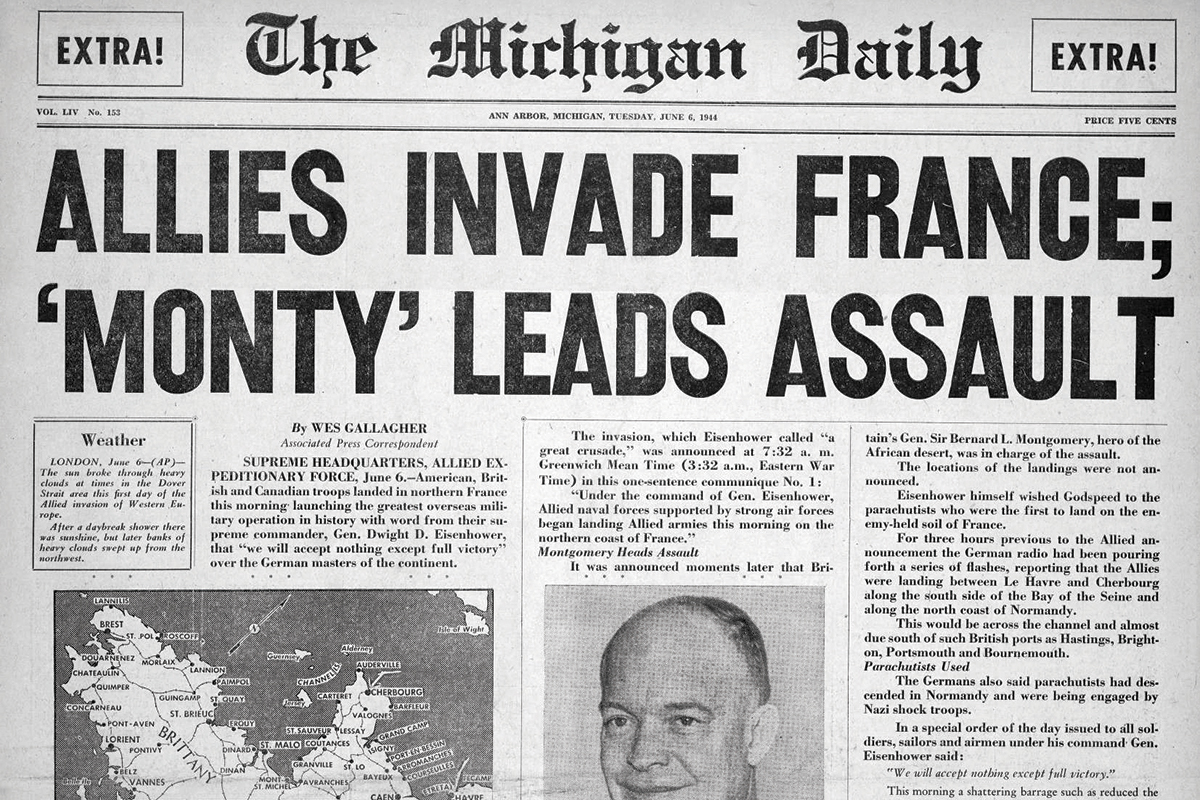
The Michigan Daily has been keeping students up-to-date for more than a century.
A plaque inside the offices of The Michigan Daily serves as a testament to the paper’s excellence as a training ground for student journalists: it lists the writers and editors who have graduated and gone on to win Pulitzer Prizes in their professional careers. Whether the news is good or bad, the Daily has been the paper of record for the University since 1890.
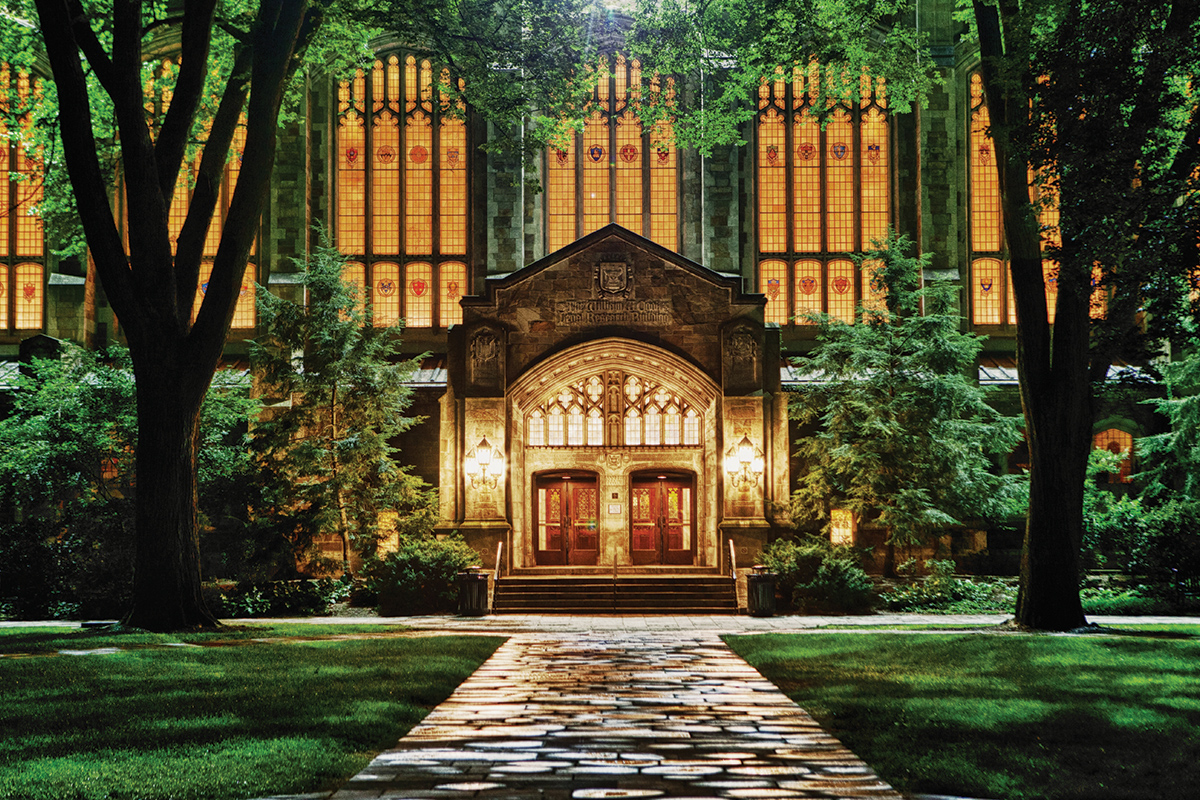
Nothing rivals the Gothic beauty of the Law Library.
Backdrop to countless wedding, engagement, and senior portraits, the U-M Law Library was named one of the most beautiful college libraries in America by Travel + Leisure magazine in 2017.
Our faculty win awards, lots of awards.
In the last two academic years alone, professors have received
- the 2017 Pulitzer Prize: history professor Heather Ann Thompson for her book “Blood in the Water”
- two 2017 MacArthur Fellowships (also known as “genius grants”): anthropology professor Jason De León and history professor Derek Peterson
- seven 2017 Sloan Research Fellowships: U-M placed first on the list of recipients along with MIT and Stanford
- numerous other recognitions, including Guggenheim Fellowships and inclusion in the American Academy of Arts and Sciences and the National Academy of Sciences
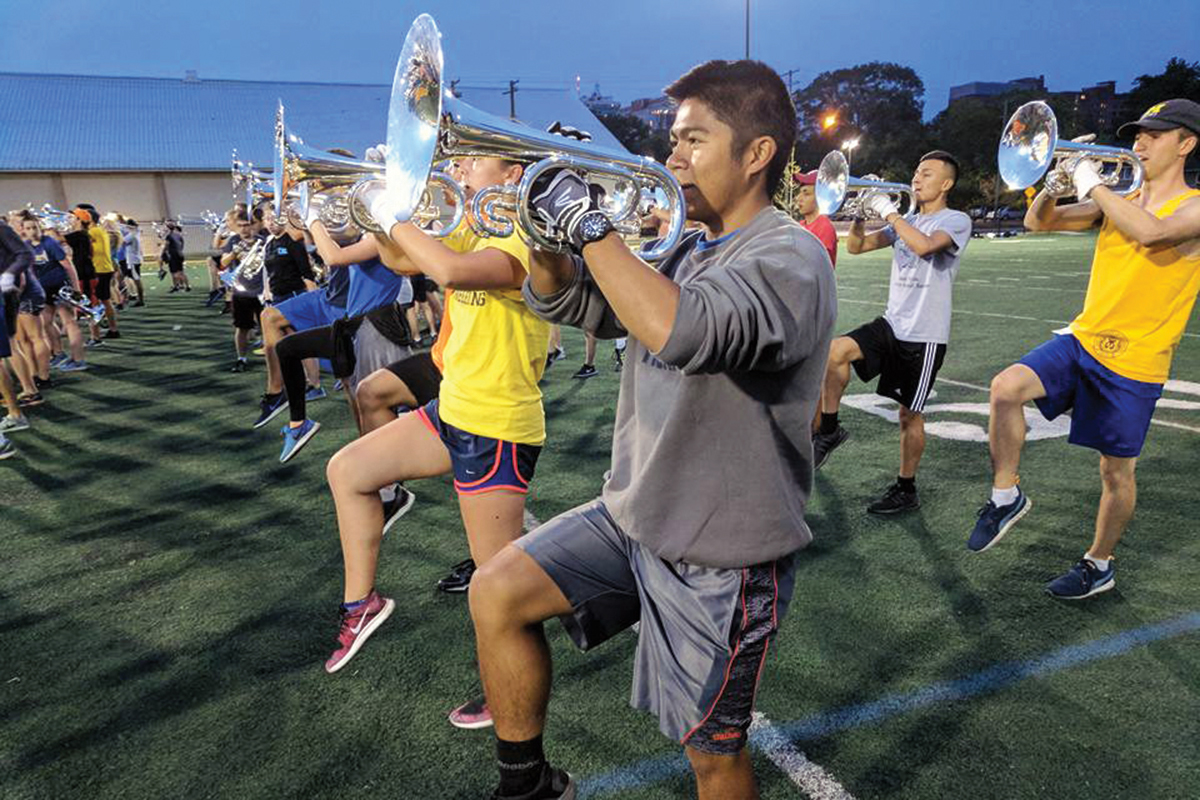
You don’t have to attend a football game to hear the best college marching band.
Stop by Elbel Field almost any weekday during the fall, and you’ll see the band going through its paces. If you’re lucky enough to be in town on Saturday mornings, you can follow the band as it marches from Revelli Hall to the Big House.

The Peace Corps was born here.
As any U-M student, prospective student, staff member, faculty member, or otherwise-interested party knows, then-Sen. John F. Kennedy made a late-night stop at the University during his 1960 presidential campaign. It was during an impromptu speech that he challenged the young people gathered on and around the steps of the Michigan Union to serve the greater good. Since the Peace Corp’s founding in 1961, more than 2,600 U-M alumni have served. And in 2017, the Peace Corps announced that the University ranked No. 4 among large schools on its Top Volunteer-Producing Colleges and Universities list.

We have a club on the moon—yes, the moon.
The U-M Club of the Moon, which the Alumni Association recognizes to this day, is unique. The all-UM Apollo 15 mission of James Irwin, MSE’57, HSCD’71, David Scott, 1949-50, HDAS’71, and Alfred Worden, MSE’63, HDAS’71, left behind a certificate establishing the club in 1971.

U-M is home to world-class museums . . .
Whether you’re interested in art, archaeology, music, natural history, or even dentistry, there’s a U-M museum for you. While supporting the University’s academic mission, the museums, galleries, archives, and exhibition spaces are sites of enjoyment and public gathering.
. . . and libraries.
Learning extends beyond the University’s 19 schools and colleges and into the top-rated U-M Library system, which welcomes more than 4 million visitors each year. Its notable collections range from ancient papyri and culinary history to children’s literature and the history of medicine. With more than 13 million volumes, its collection is one of the top 10 largest in the country.
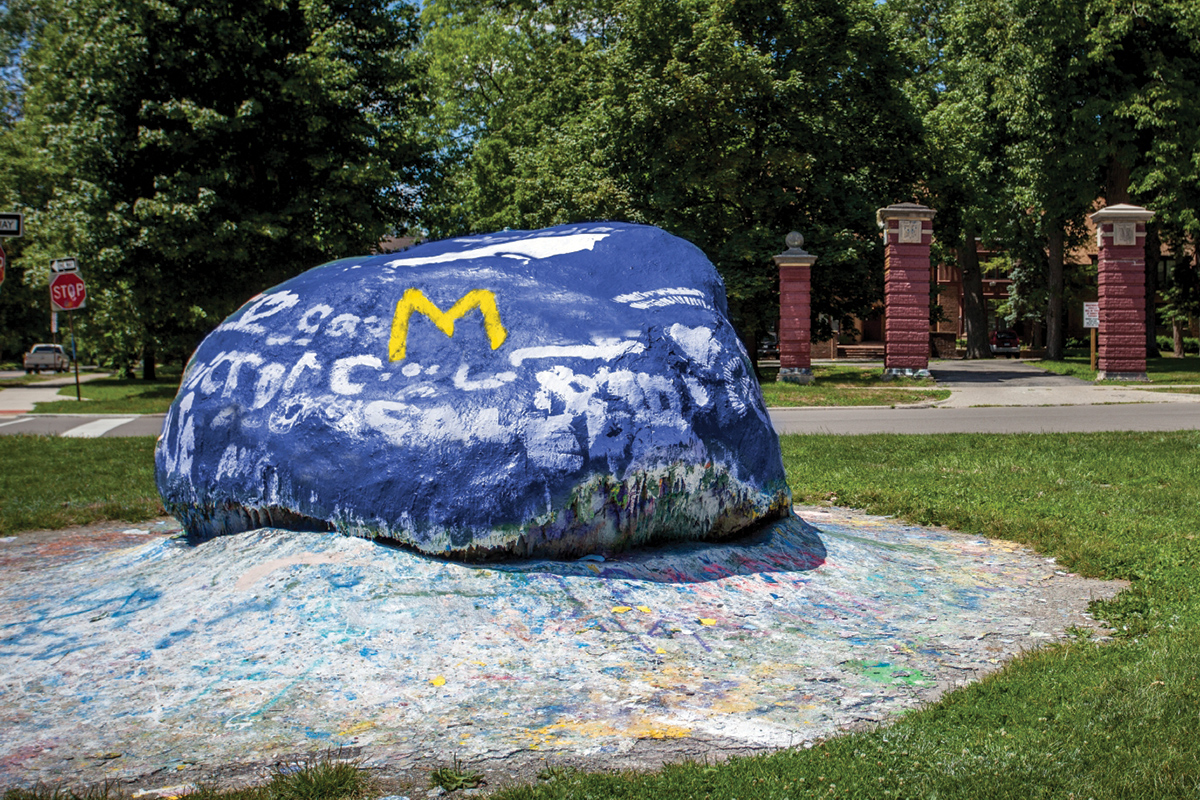
The Rock? It rocks!
Legally, it belongs to the city of Ann Arbor, but U-M students and alumni claim it as their own. This 30,000-year-old chunk of Canadian limestone was moved from another location in Ann Arbor to the corner of Hill Street and Washtenaw Avenue in 1932. (Little-known fact: a time capsule from that year lies buried beneath the rock.) Since then, its true size has been altered by untold number of messages and layers of paint.
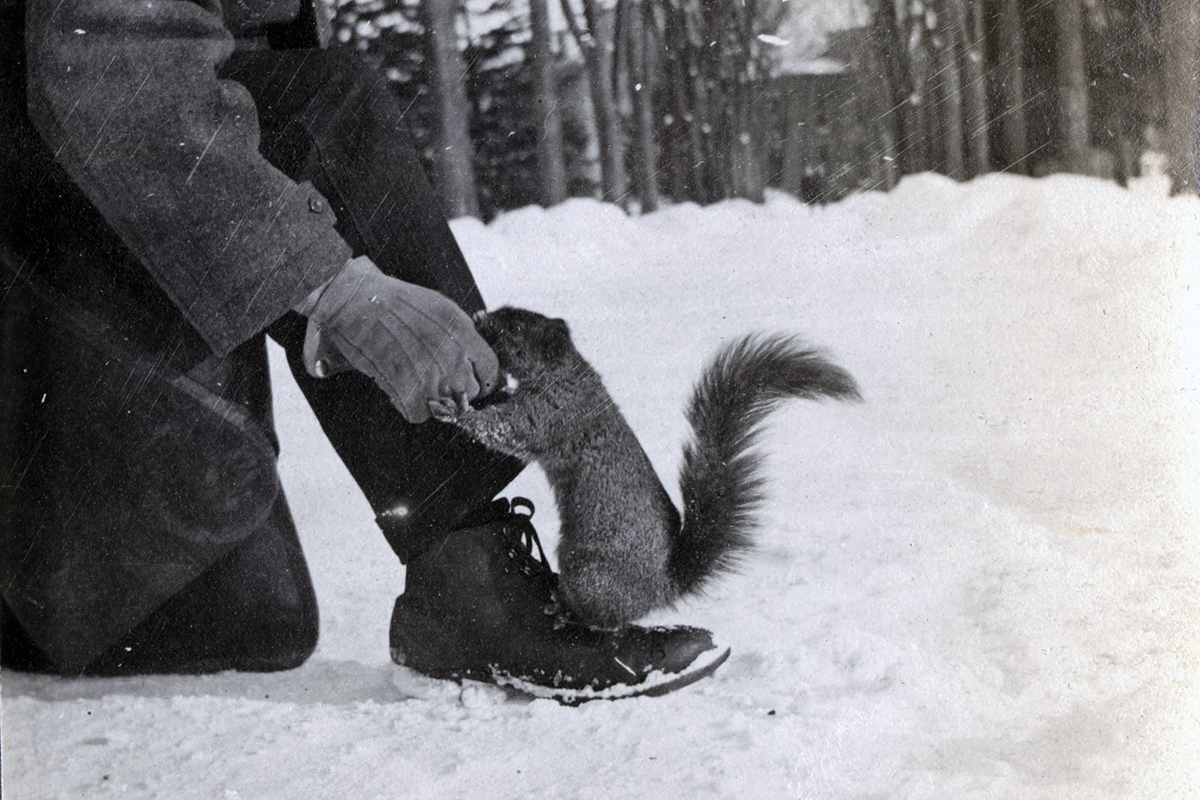
Squirrels.
Enough said.
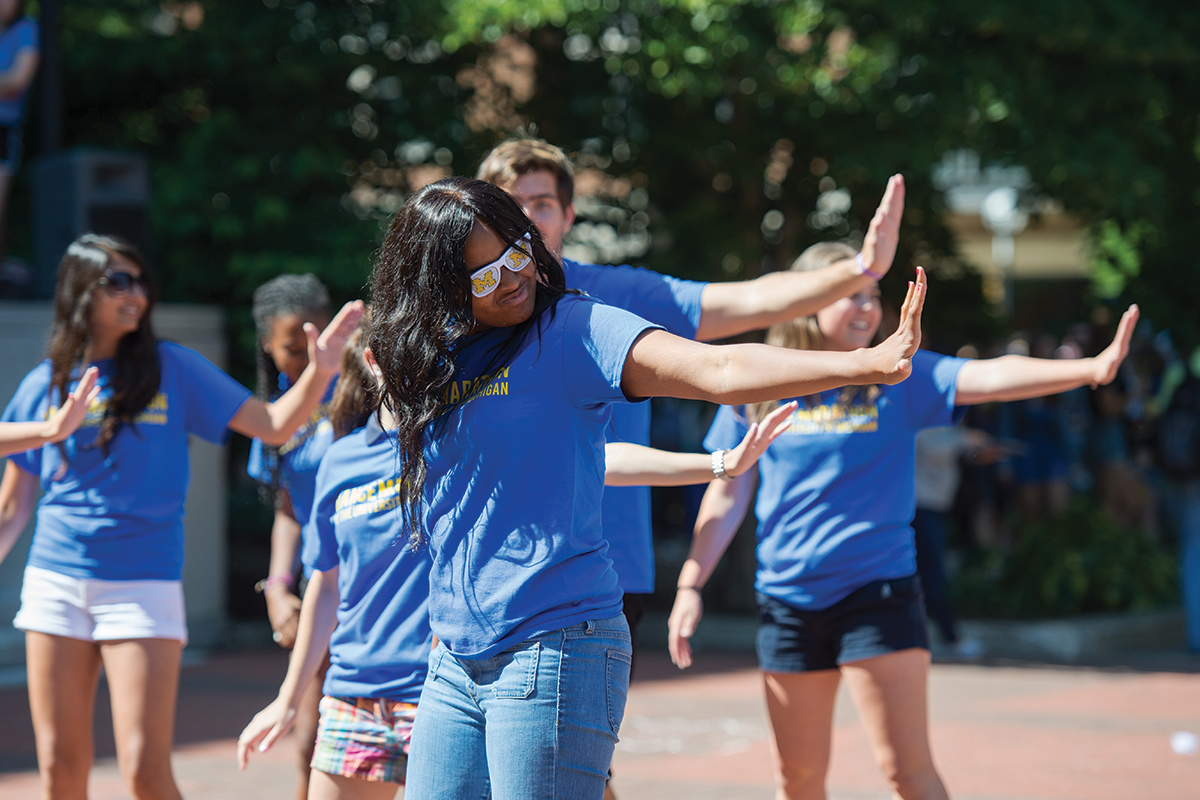
There’s a student organization for any interest.
From the Albanian American Student Organization to the Zone of Opportunity, more than 1,500 organizations offer opportunities for involvement. They provide outlets for students interested in activism, the arts, wellness, the environment, governance—you name it. Our personal favorite is the Squirrel Club (see “Squirrels,” above), a community that comes together every Sunday during the fall and winter semesters to feed their furry friends.
Our research is making the world a better place.
Where do we begin? With the impressive number of students, both graduate and undergraduate, involved in research across campus? With the equally impressive number of startups and patents issued each year? With the prestigious national studies (think the Consumer Sentiment Index and the Monitoring the Future study of middle and high school students)? With the many other research projects, such as the cutting-edge Mcity Test Facility (which previews the future of self-driving cars)? It’s not possible to sum up the importance of research on the U-M campus in one paragraph. So let’s just leave it at this: In 2016, the National Science Foundation listed it as the No. 1 public university in the country by total research and development expenditures.

Our outdoor spaces can’t be beat.
The Diag is the best people-watching venue in the city, hands down. And many an overburdened student has gone farther afield to walk the Arb’s nature trails or find respite from winter winds in the warmth of the conservatory at the Matthaei Botanical Gardens.
Sharon Morioka, ’84, MA’86, is the editor of Michigan Alumnus.

